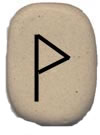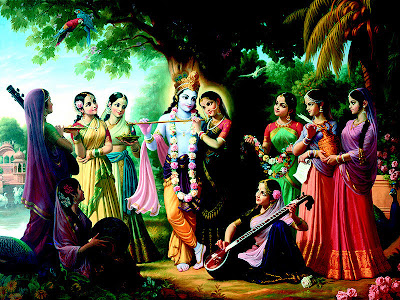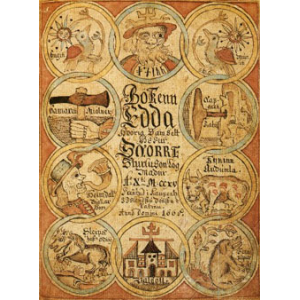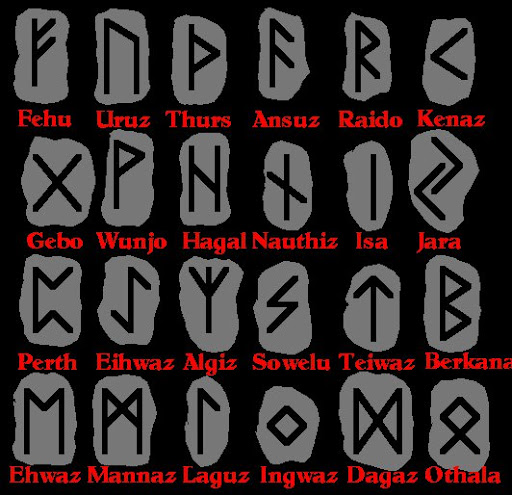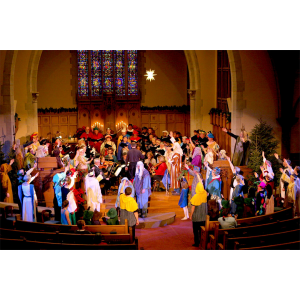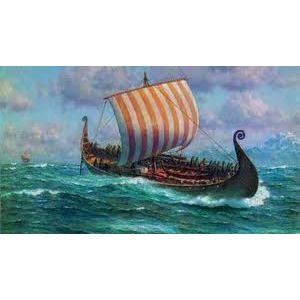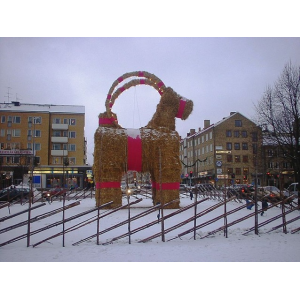 YULE (O.N. Jol) The Reason for the Season!
YULE (O.N. Jol) The Reason for the Season! Yule begins on Mother Night, (about Dec. 20) the night before the shortest day and the longest night (winter solstices). We honor the Beginning of the Sun's return and the breaking of Winter, (which is most noticeable in five days) and is celebrated over a twelve day period. We know there will be no Fimbulwinter which proceeds Ragnarok.
It is a time of the year when our deceased Ancestors are closest to us; this is when the dead (draugar) are more active than any other time. Yule is when Jolnir another name for Odinn leads the procession of the Wild Hunt through the sky's with sprits of humans, horses and dogs. This procession occurs during all twelve days of Yule.
It is a time for great feasting, honoring Thorr for driving back the frost etins, Frey to give us prosperity in the coming year, Odinn as leader of the Wild Hunt, and of course our Ancestors. Jolablot, have a Yule party with family and kindred. Decorate a tree with sunwheels and light a Yule Log.
The Yule Tree is the symbol of our cosmology; it’s the Great tree Yggdrasil. From the Voluspa;
"Yggdrasil its name.
With water white is the Great Tree wet;
Thence come the dews that fall in the dales.
Green by Urths well does it ever grow."
And so the evergreen tree is the most appropriate, to remind us of the eternity of Yggdrasil, as it last through out winters Ever Green.
Yulelog
The burning of a Yule Log is an ancient ritual; our ancestors kindled a huge oak log in honor of Thorr. Today we burn a smaller log during the Yule Season. When lighting the new Yule Log it should be with the charred remains of the previous year's log, which is, keep to guard the house against lightning and fire.
Oath-Boar
Twelfth Night (about Jan. 1) culminates the traditional twelve days of Yule. Our Ancestors at this time consecrated a boar to Frey, led it out so everyone present could lay their hand on the boar and swear a solemn Oath. This was to honor Frey for prosperity. Oaths sworn on the Oath-Boar are very binding during this time, than any other time of the year. Make a New Year's resolution in the old way by swearing your oath on Frey's boar or on your hammer.
The Yule is no exception when it comes to Christian plagiarism of other cultures Holidays. There is no doubt that the Yule Tree, Yule Log, the Singing and exchanging of Gifts are from our Northern Culture. Click here, and I will show you proof from their bible, what time of the year Jesus was born. (source: http://www.asatru.org/yule.php)
Free eBooks (Can Be Downloaded):
Lyall Watson - SupernatureAnthony Arndt - Asatru The Northern Way
Stephen Mcnallen - What Is Asatru
Aleister Crowley - Gargoyles
Reeves Hall - Asatru In Brief
